Houses have changed significantly since the 1930s. Not only has the size and style of houses changed, but how families use each room in their home also looks different in the modern world. While modern homes typically have large kitchens, a laundry room, and multiple bedrooms, houses in the 1930s were more modest.
There were many events in the 1930s that impacted the lives of families. The Great Depression, which went on from 1929-1939, had a serious impact on the living situation of those in the workforce. By the mid-1930s, about a quarter of workers in the U.S. were facing unemployment.
Dire financial situations meant most families had to live beneath their means and families that were really struggling lived in overcrowded homes. Without the luxury of automatic washing machines, families had to find space to wash and dry laundry inside the home. Despite how daunting these chores may seem, families also found ways to enjoy time together.
During the Golden Age of Radio, it became more common for people to have radios in the home. Families would listen to different programs or play music on a record player. Since most families during the Great Depression didn’t have money for leisure activities, they would gather together with friends and family to play board games or listen to radio programs.
There are many ways to describe what life was like in the 1930s, but photographs from that time can paint the clearest picture.
To portray what houses looked like in the 1930s, 24/7 Tempo reviewed historical images and information from sources such as PBS, History.com, and the Library of Congress. Here is a look at what houses used to look like in the 1930s. (After this article, check out these 40 Photos Showing What Life Was Like in the 1920s.)
Enjoying Family Time Together
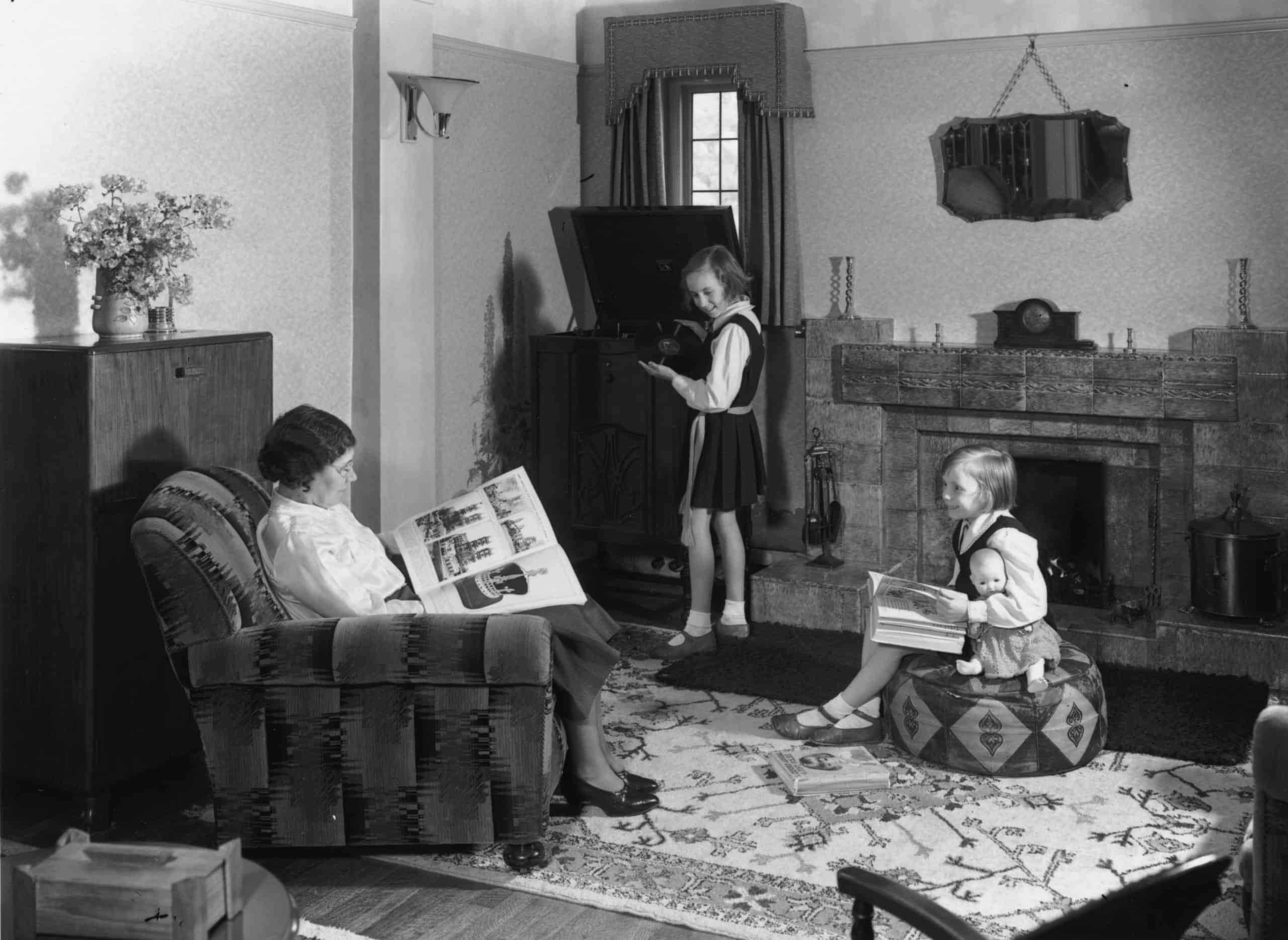
While family time nowadays mainly consists of sitting in front of the TV or looking at our phones, this family is spending quiet time together. It was more common for families to spend time talking or reading together in the 1930s.
Making the Best Use of Every Space
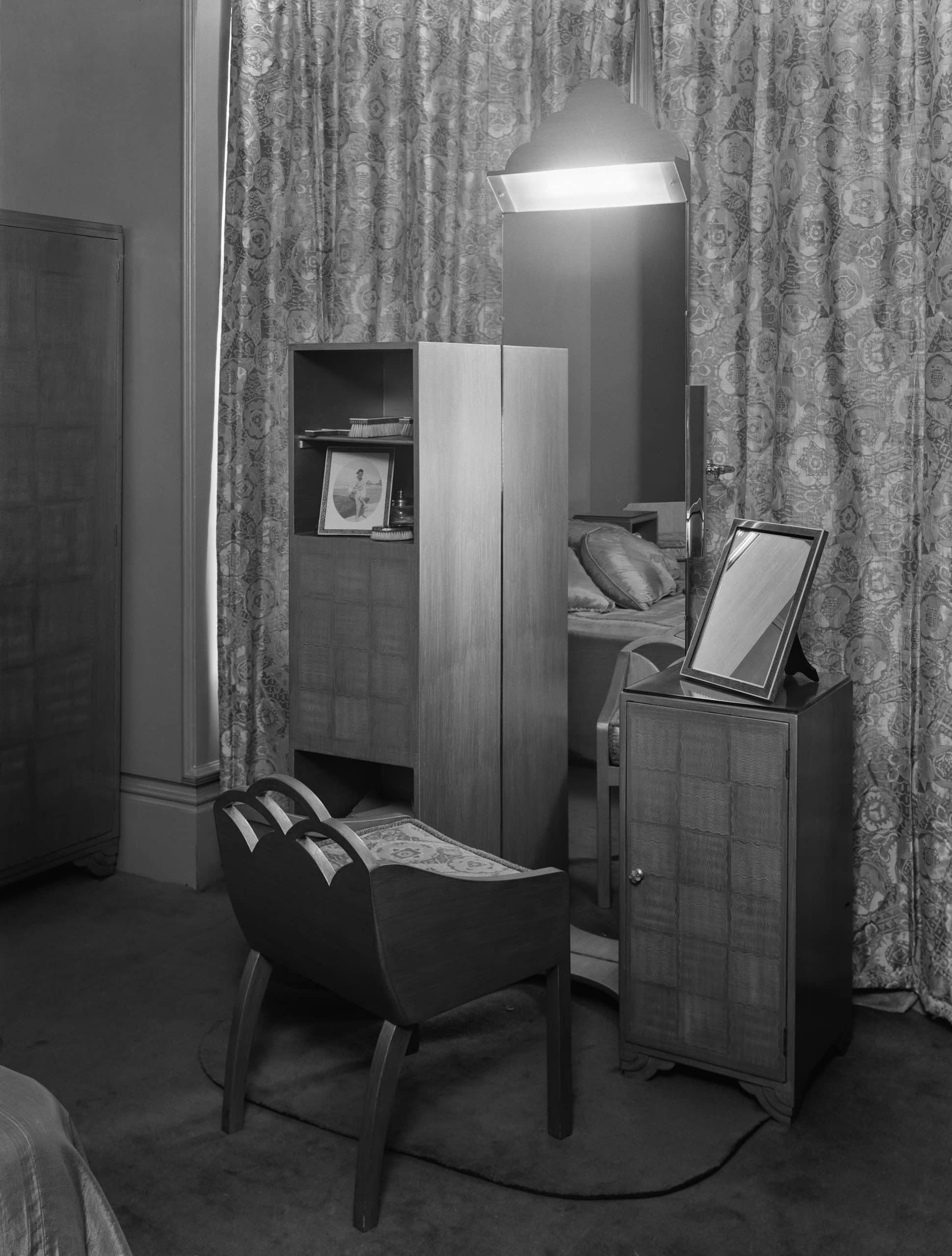
In the 1930s, people had to find creative ways to organize and decorate their rooms since homes were smaller than they are today. This small, lighted corner of a bedroom is a comfortable space to get ready in the morning.
Clothes Were Dried with a Mangle
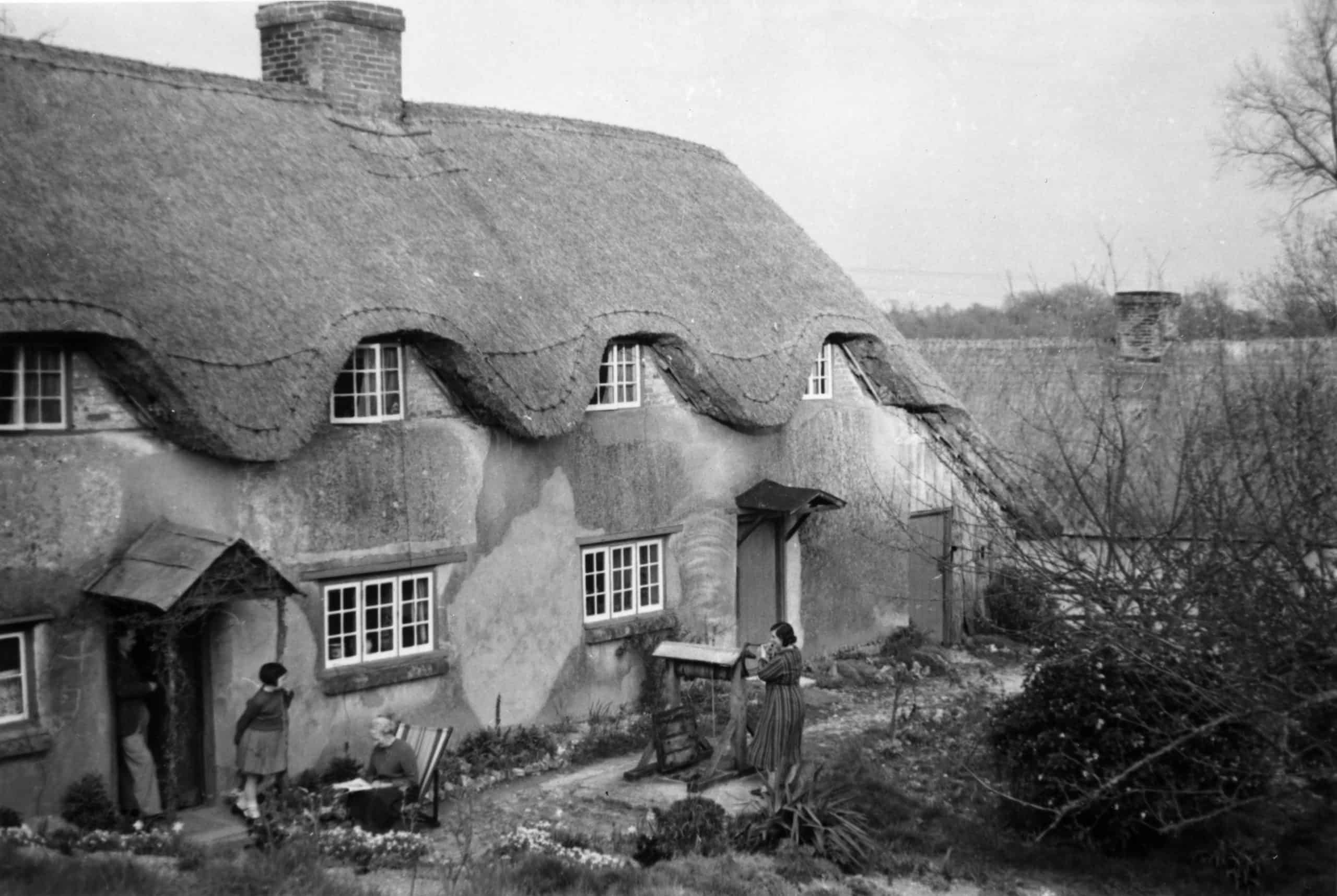
Washing and drying clothes in the 1930s looked a lot different than it does today. After washing clothes, women had to dry them with a mangle. Mangles, also known as wringers, were used to get the water out of clothes.
Doing the Washing and Cooking in One Room

Homes that were built in the 1930s often included a new style of kitchen. These kitchens, although smaller than most kitchens today, provided a place for people to do both the cooking and washing in one convenient space.
New Homes Were Being Built All Over
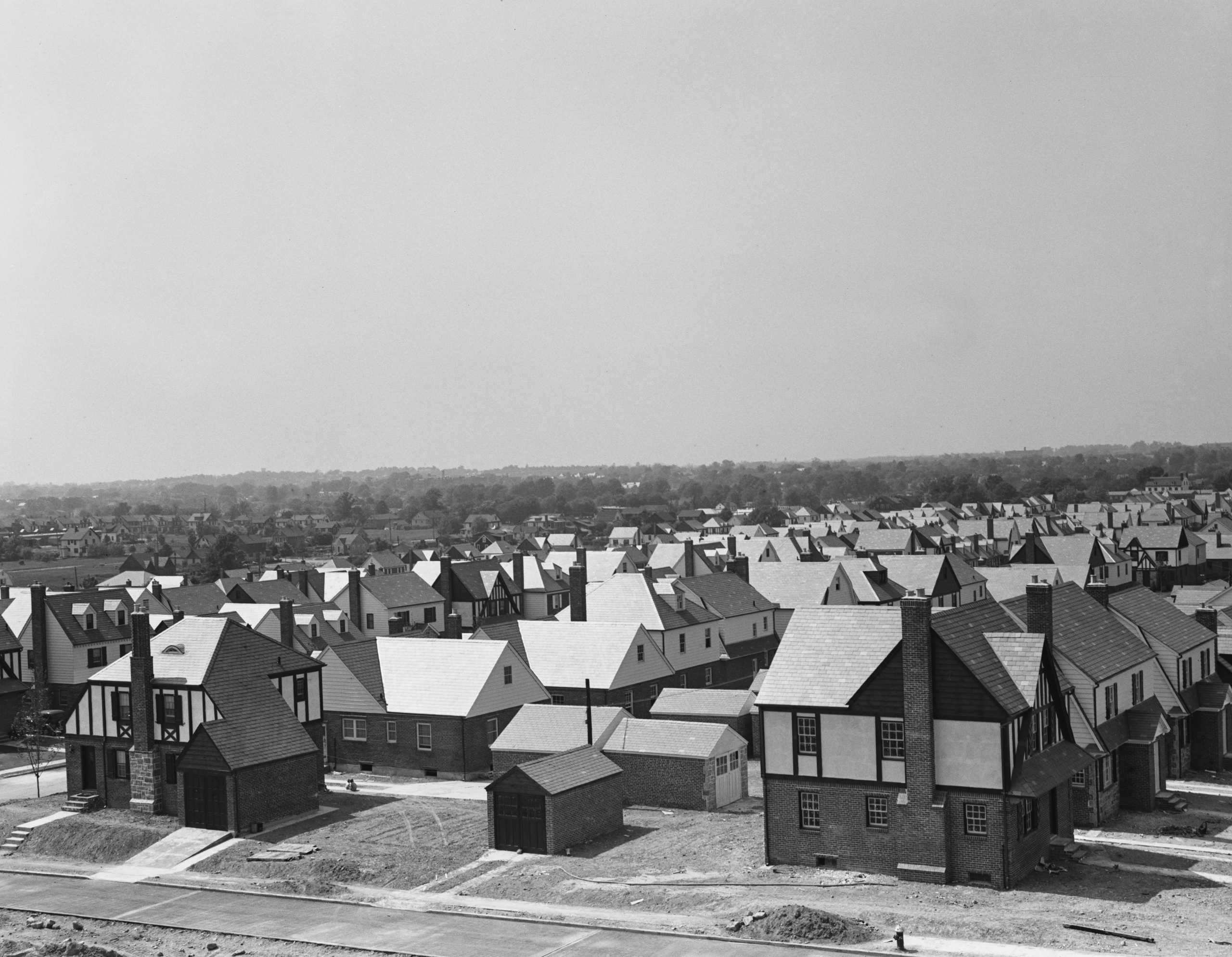
There was a rise in home ownership from the early 1900s to the 1930s. The style of houses also changed significantly and Tudor-style houses, made with different materials including timber beams and stone facades, became increasingly popular.
Many Homes Were Overcrowded
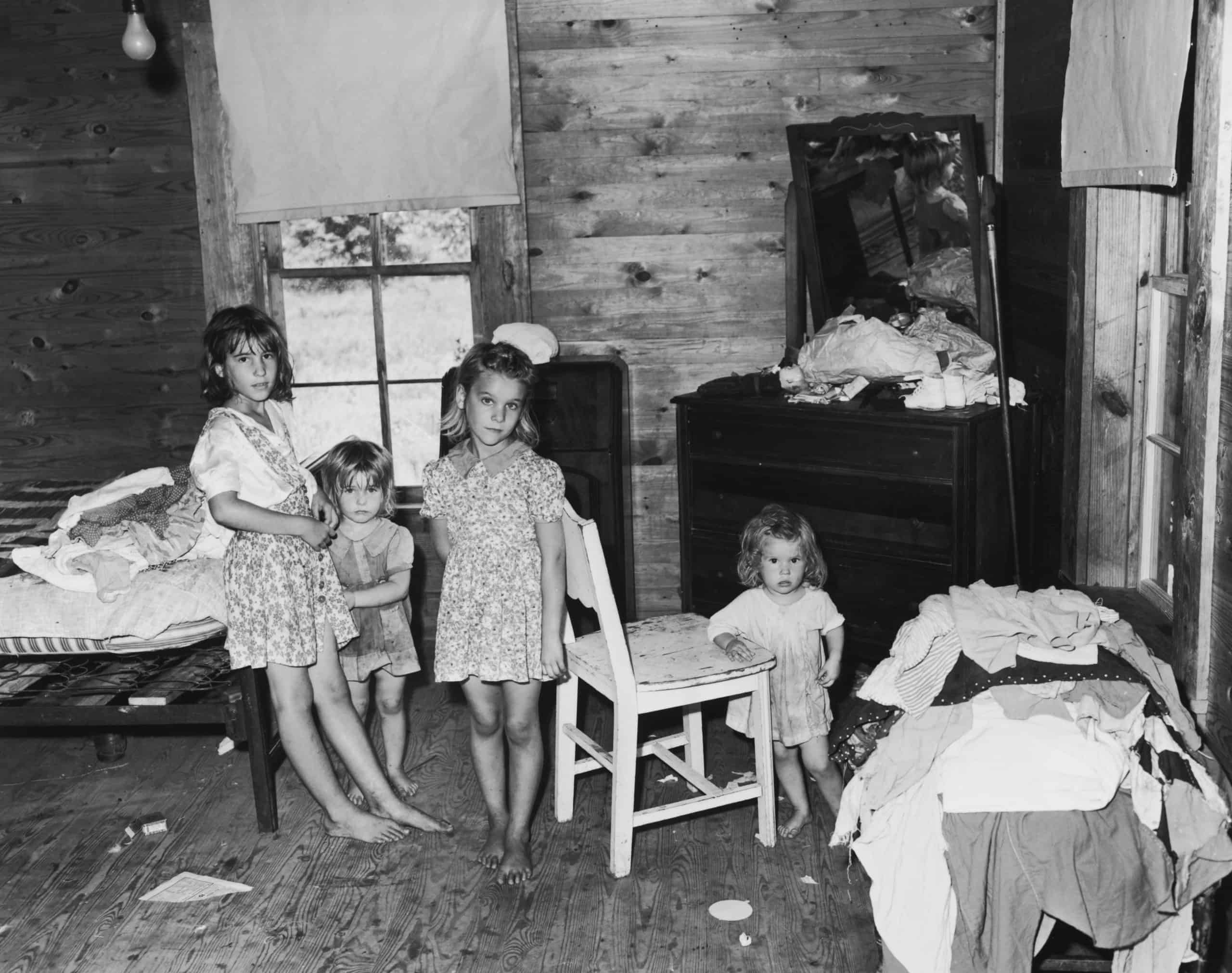
Not everyone could avoid a big, beautiful home in the 1930s. Even though home ownership rates were increasing, many homes were still overcrowded, with most of the family living in one or two rooms.
Houses in the Suburbs Were Close Together
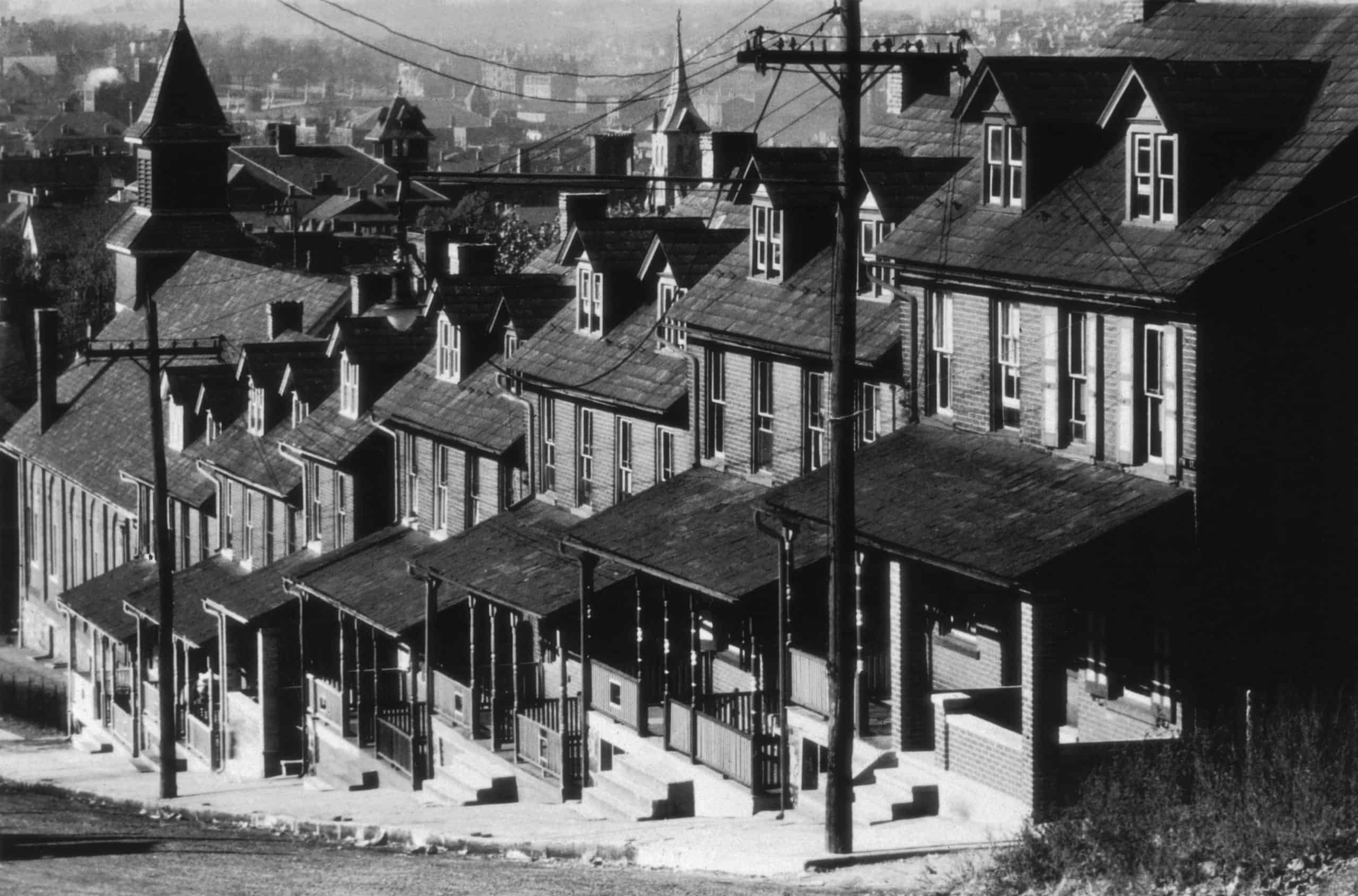
Much like modern suburbs, houses were built in rows and incredibly close together. As the number of families moving to suburban areas grew, living in this type of community became synonymous with the American dream.
Music Was Enjoyed in the Home
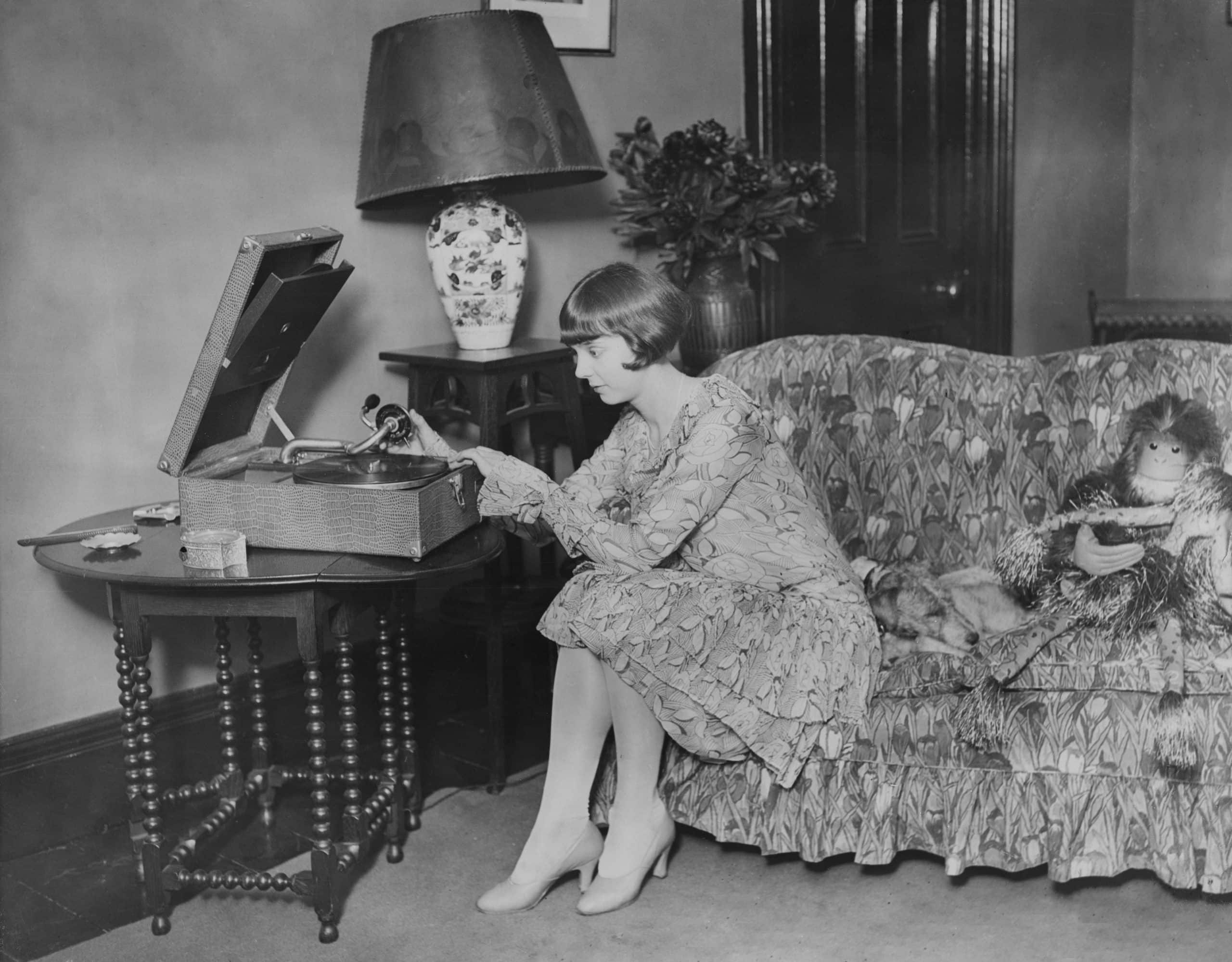
In modern times, it’s easy to put on music anywhere with the help of cell phones and blue tooth speakers. Back in the 1930s, record players were a popular way to enjoy music at home. After the radio boom, home systems that allowed people to play music and listen to the radio were a popular choice.
Families Gathered Around the Radio

During the Golden Age of Radio, it was common for radios and radio cabinets to be the centerpiece of the living room. There were many different programs for people to listen to and by the late ’30s, the majority of people owned a radio. Here, a family gathers together to listen to the radio together.
Tudor Style Houses Were Popular
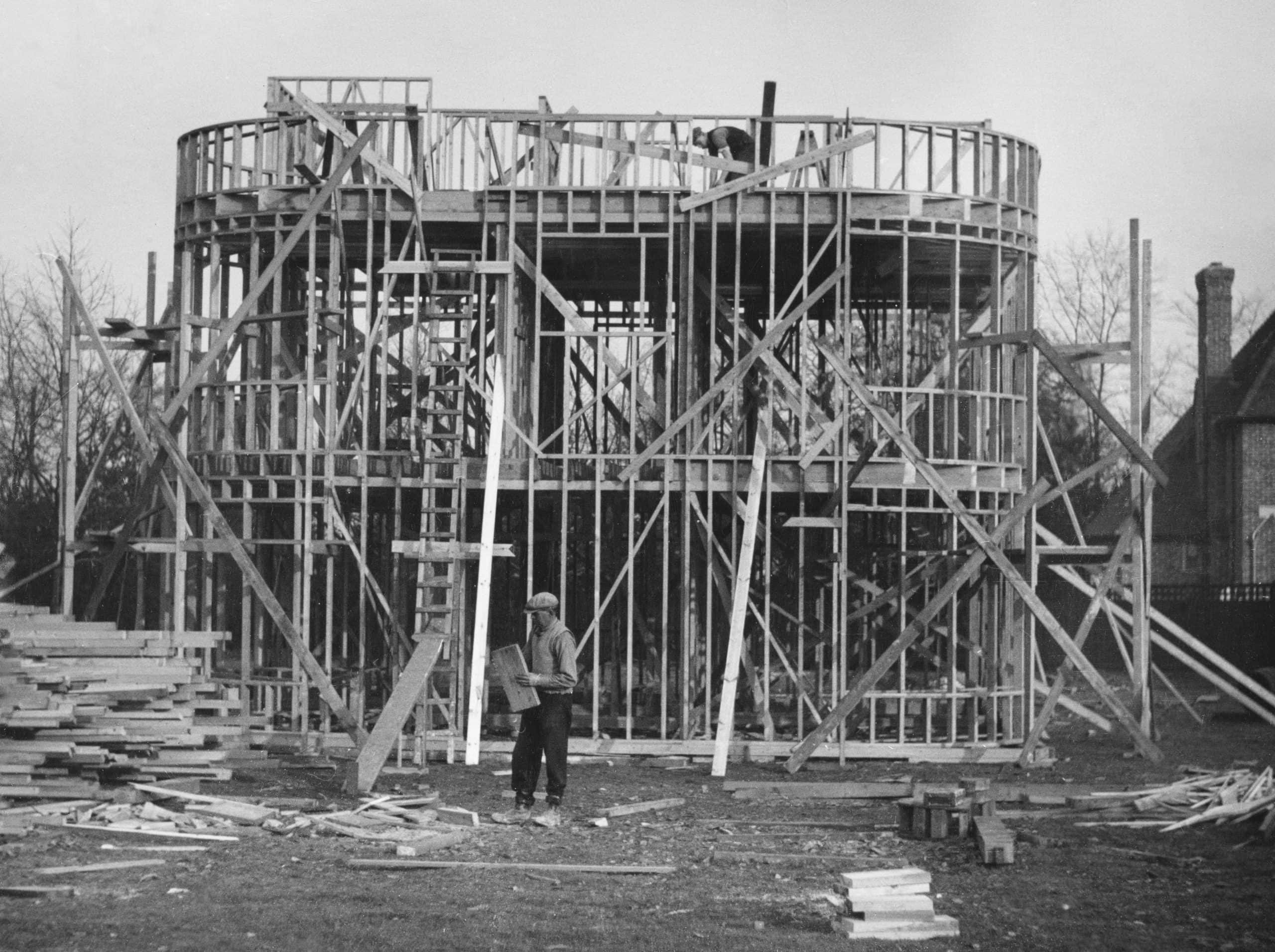
Due to the decrease in interest rates, more people were buying homes and more homes were being built. Many homes were built outside of the major cities since land was cheaper there. Half-timbered houses were common during the 1930s.
Cars Allowed Families to Move from the City
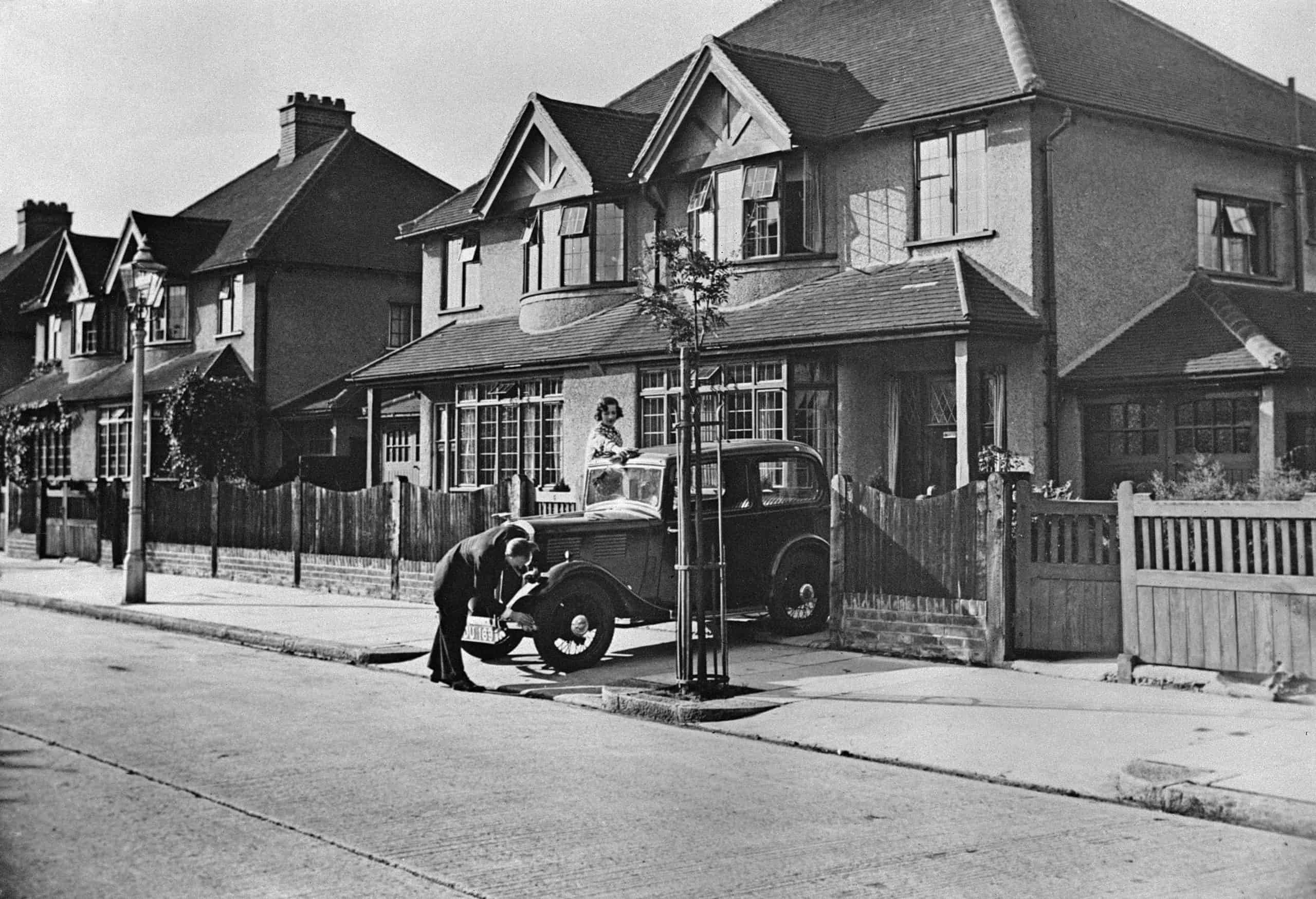
Many of the houses that were built during the 1930s were built just outside the cities where there was more land available. It was easier for families that owned cars to make this move since they could travel to and from the city as needed.
Suburbs Were Becoming More Popular
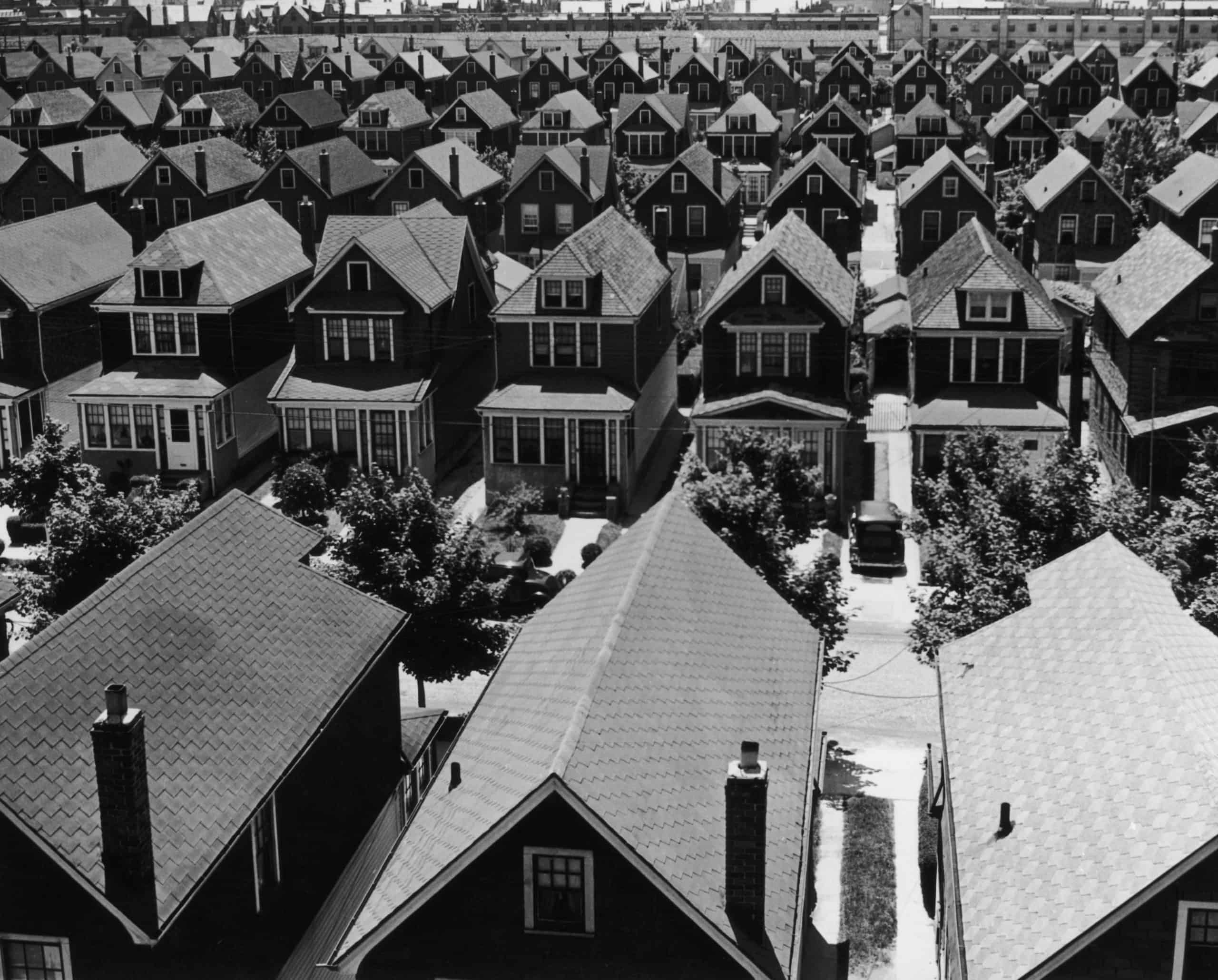
The suburban population rose between the 1920s and 1940s, with mass migration to the suburbs occurring after World War II. Compared to those in rural areas, families living in the suburbs relied more on automobiles and commuting.
Residential Segregation Was Still Rampant

Legal segregation in the South wasn’t outlawed until the 1960s. In the 1930s, segregation, including residential segregation, was still commonplace. Additionally, the Great Depression first impacted Atlanta in the 1930s and this significantly impacted housing.
Rooms Were Used for Multiple Purposes
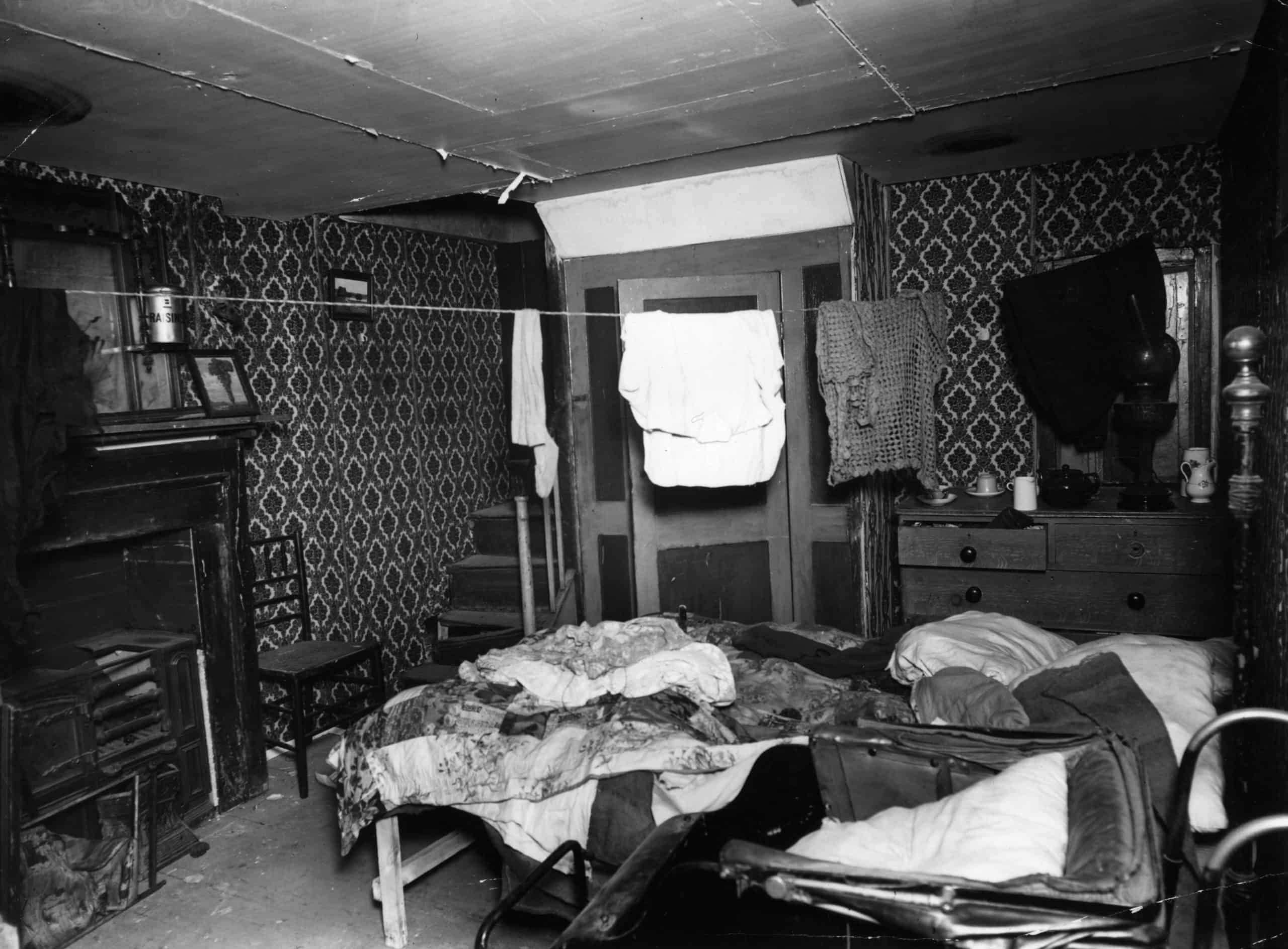
In low income homes, it was necessary to use rooms for more than one purpose. One room might be a place to sleep and a place to dry clothes. It was necessary in many cases to make the most of the space you had.
Bathrooms Had an Indoor Toilet and Bathtub
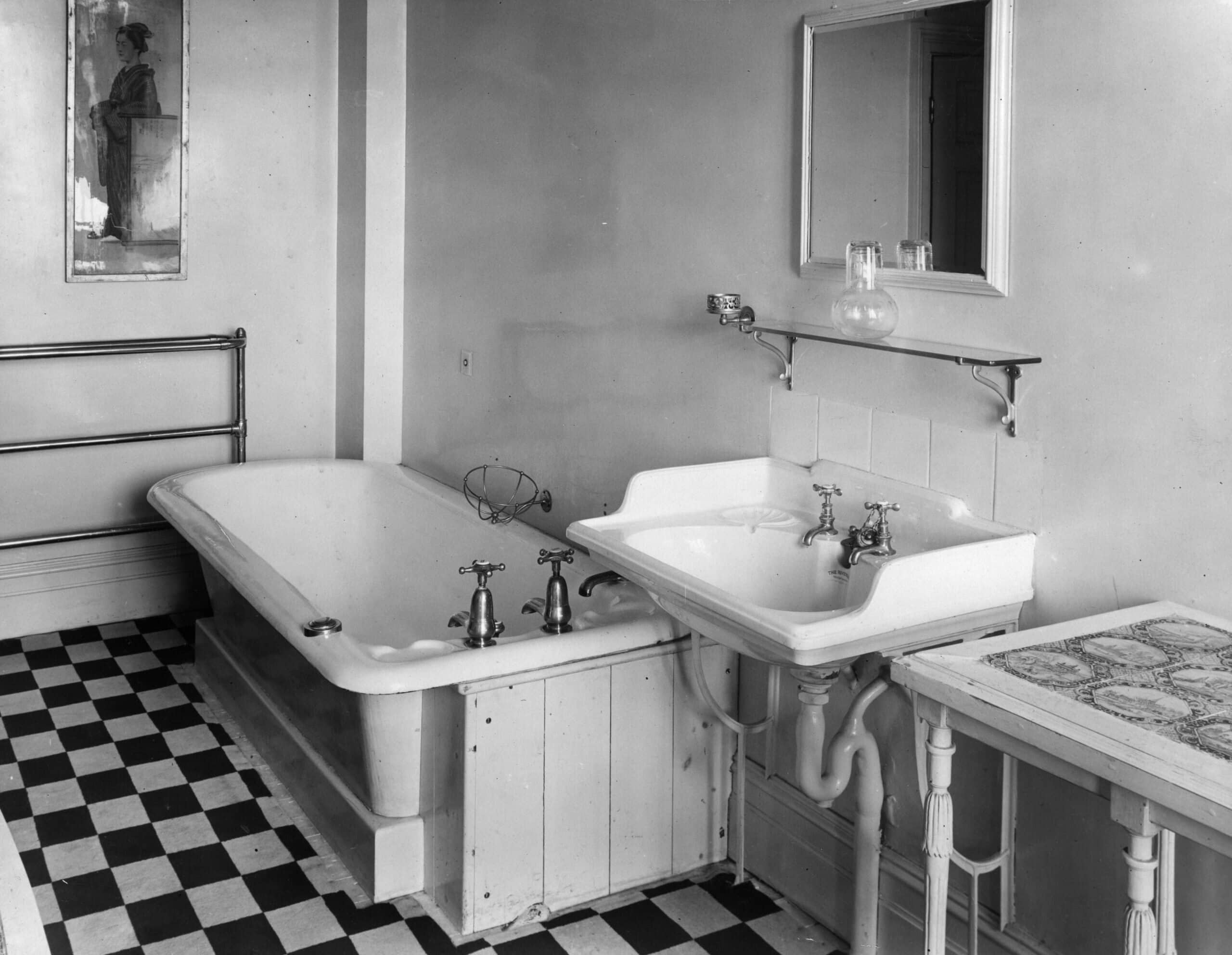
The first flush-style toilet was invented in the 1700s. However, most people didn’t start adding toilets inside their homes until the mid-1800s. At the time, only wealthy people could afford this luxury. By the 1930s, new homes had indoor toilets and bathtubs.
Children’s Furniture Had Different Standards

Today, children’s furniture has strict standards, especially when it comes to cribs and other furniture for infants. However, cribs weren’t regulated until the 1970s. Homes in the 1930s had children’s furniture that would be considered unsafe by today’s standards.
Some Kitchens Were More Modern
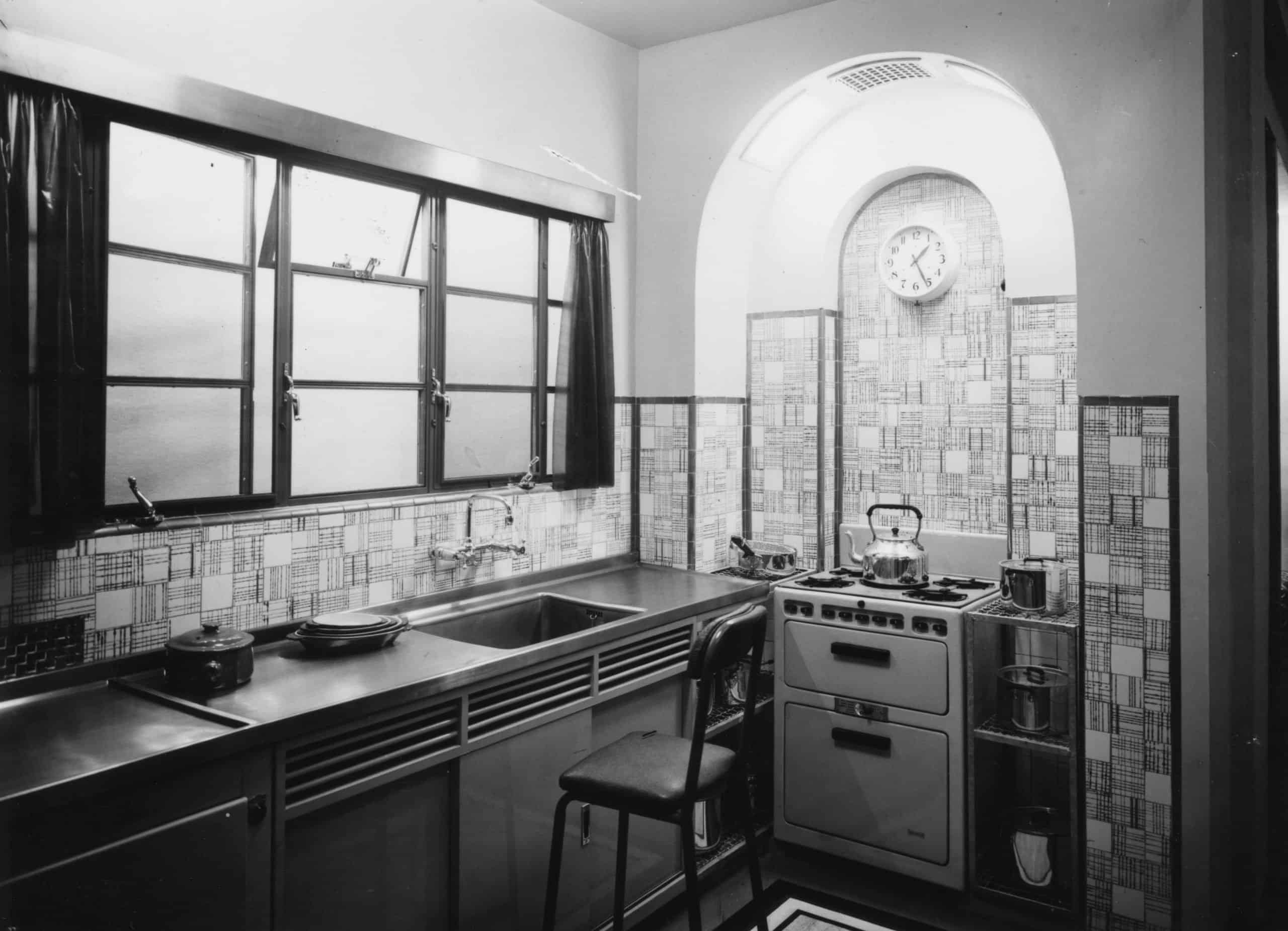
While it was a big deal to have a place to clean dishes and cook during the 1930s, some kitchen styles were more modern. Checkered patterns were popular during this time. Florals, polka dots, and fruit designs were also common.
Childcare Was a Challenge for Many Women
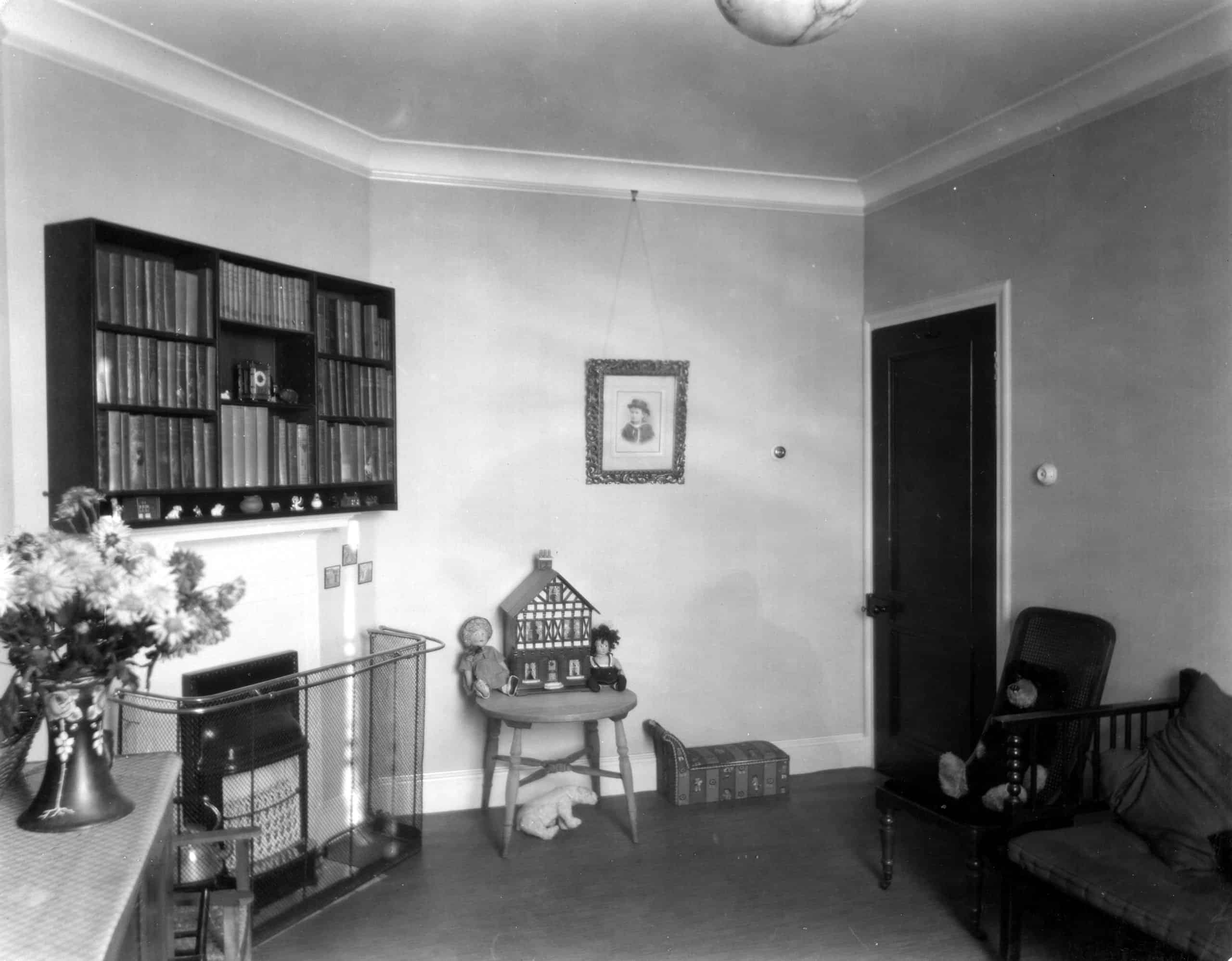
Despite the mothers’ and widows pensions for low-income mothers in the 1930s, it wasn’t enough for many families to survive off of. This led to more mothers having to work outside the home and put their children in nursery schools. (Check out Photo Proof That the 1930s Had the Best Fashion.)